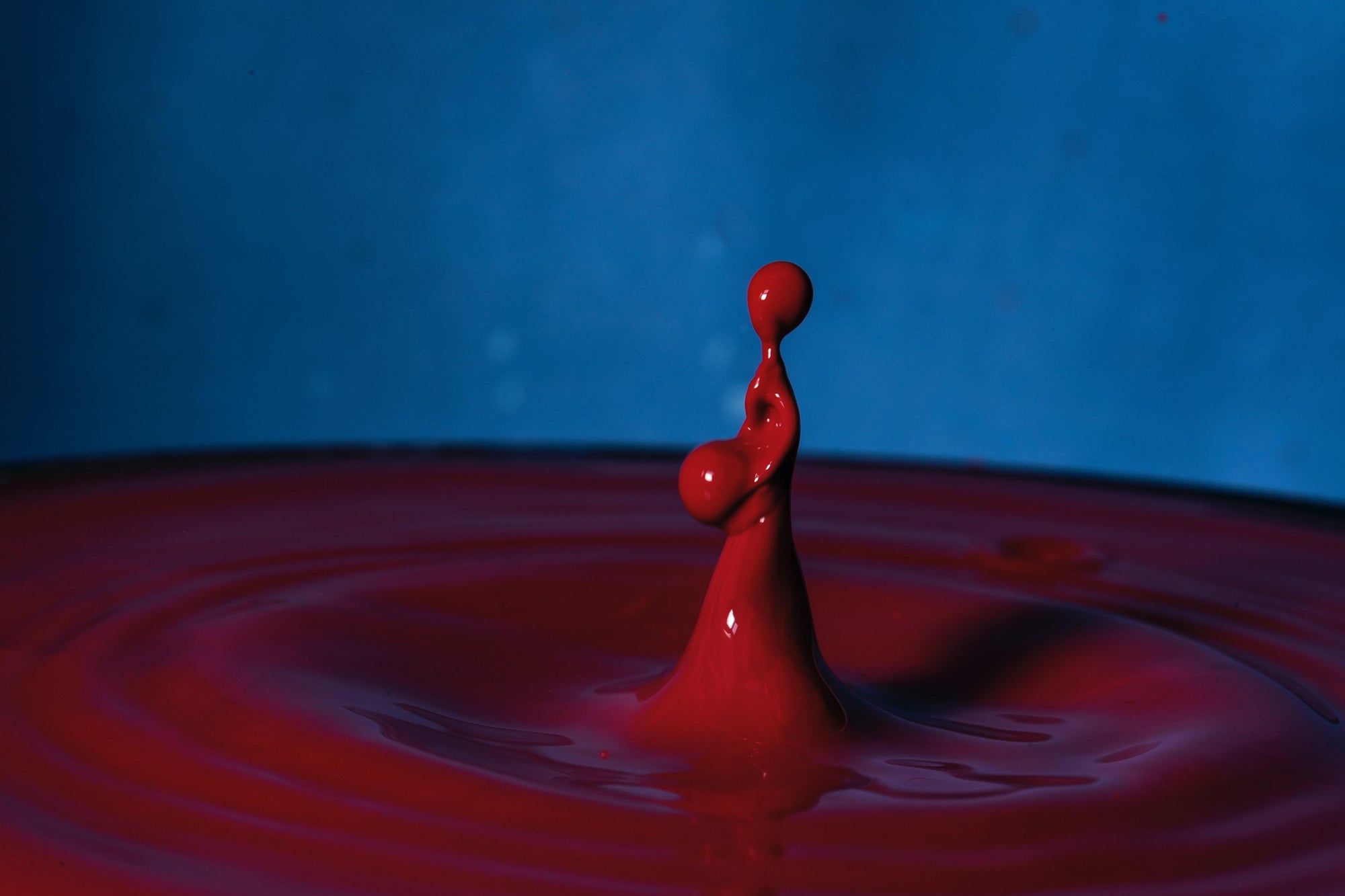

· By Courtney Mayszak, RDN, LDN
Ovulation Bleeding & Spotting: When to Be Concerned
Menstrual bleeding patterns are important indicators of reproductive health. Bleeding patterns that deviate from the norm, like ovulation bleeding, are sometimes just a nuance of your particular cycle. Other times, they’re a (literal) red flag that something is wrong.
Spotting or bleeding during ovulation—the time in the middle of your cycle, when your ovaries release an egg—can be caused by several factors.
This type of bleeding typically occurs about 10 to 20 days following the final day of your period, but actual ovulation times may vary depending on the length and regularity of your cycle.
Is ovulation bleeding a problem?
Ovulation spotting or bleeding, while annoying, isn’t necessarily a problem. In one study, less than 5% of the menstruating people involved in the trial spotted during the middle of their cycles, outside their regular periods. Other experts believe the prevalence to be much higher, potentially as much as 30%.
Another 20% of people with periods experience Mittelschmerz—or pain from ovulation. Like menstruation, ovulation involves some inflammatory processes, which are sometimes painful. For some people, the pain is accompanied by light spotting.
In either case, light spotting during ovulation is not usually indicative of an underlying issue. However, underlying issues are possible.
Conditions like endometriosis—when uterine tissue grows outside the uterus—or uterine polyps or fibroids—growths in the uterine lining or cavity—can cause spotting and cramps when you're not on your period.
Spotting from these conditions may occur during ovulation by chance, but isn’t related to the process of ovulation itself. Rather, the spotting is caused by structural damage to the uterus and ovaries than can cause bleeding at any point in the cycle.
Signs that spotting during ovulation is “normal”
There are a few important clues you can look for to determine whether your ovulation bleeding is harmless or cause for concern.
The first thing to know is that harmless ovulation bleeding will only occur once each cycle. It’s rare to have repeated bouts during the same cycle, with more than a couple days between each spot. This is because mid-cycle spotting is often a result of hormonal shifts, specifically related to progesterone and estrogen.
Ovulation provides an opportunity for an egg to be fertilized. Before ovulation, estrogen levels steadily rise. After ovulation, estrogen drops dramatically. Progesterone levels rise for about five days in response.
This sudden fluctuation in estrogen and progesterone levels can cause light ovulation bleeding. Light spotting during ovulation is usually the only symptom, and if other symptoms do occur, they’re usually mild. If symptoms are severe, there may be another underlying factor apart from the usual hormonal ebbs and flows.

When ovulation bleeding may be cause for concern
Typical ovulation bleeding occurs:
- during the ovulatory window (about 10-20 days after the last day of your period)
- once per cycle, with no more than a couple days between each spot
- with only light spotting, that's a similar consistency to cervical mucus
- for only a few days maximum
If your bleeding doesn't align with these conditions, talk to your doctor about your symptoms.
What are the top signs that mid-cycle bleeding is atypical? Linda Bradley, M.D., the director of hysteroscopic services at the Cleveland Clinic Foundation, offers some advice.
“Patients who describe a more on-and-off menstrual pattern, in which they have their period for 5 or 6 days and then it stops and starts again a few days later (an irregular trickle), may have a low-grade infection, small polyps, or small intracavitary fibroids.”
“Then, there are patients who bleed like Niagara Falls. This is regular and predictable but consists of excessively heavy bleeds such that clothes are ruined and work and social life become difficult. This pattern suggests a structural abnormality, such as fibroids, polyps, or adenomyosis.”
Mid-cycle spotting is often harmless ovulation bleeding, especially for those not on hormonal birth control. But menstrual phenomena can be idiosyncratic, and experiences vary from person to person.

Talking to your doctor
While most cases of spotting during ovulation are benign, see a doctor if you’re concerned or have unusual symptoms.Should you and your doctor discuss irregular bleeding, here’s what to expect, according to Dr. Bradley:
“When a [person] experiences irregular bleeding, the physician should look at the patient's age and the length of time the problem has been present and do a thorough menstrual history as well as a complete medical history, including such bleeding irregularities as gum disease and bruising, new medications, and sexual history. This will provide 80% of the answers.”
If this process doesn't offer useful clues, the next step is usually to monitor the situation closely over time. The majority of cases, however, are explained by natural ovulation bleeding or other issues identifiable through more in-depth conversations with your doctor.
